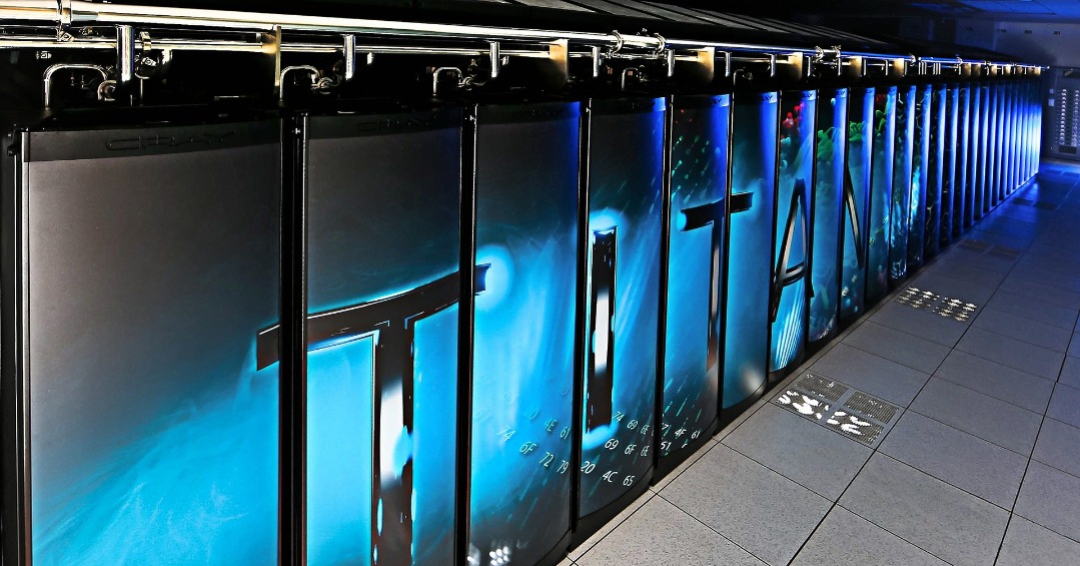Oak Ridge National Laboratory and the National Oceanic and Atmospheric Administration are partnering to launch a new supercomputer for climate science research, which will be the fifth supercomputer operated by the National Climate-Computing Research Center at ORNL.
The National Climate-Computing Research Center (NCRC) was established in 2009 through a partnership between the National Oceanic and Atmospheric Administration (NOAA) and the US Department of Energy. Its mission is to acquire, install, test, and operate supercomputers dedicated to climate modeling and simulations, with the aim of enhancing NOAA's climate modeling capabilities for critical climate research.
Starting from 2021, NCRC has installed a series of increasingly powerful computers, each of them named Gaea. The most recent system, also known as C5, is an HPE Cray machine that boasts over 10 petaflops of theoretical peak performance (or 10 million trillion calculations per second), nearly twice the power of the combined capabilities of the two previous systems.
C5 is one of three NOAA computers currently being operated by the NCRC at ORNL. Normally, the NCRC only operates two supercomputers at a time for NOAA users, which are replaced on a rotating schedule to ensure uninterrupted access to more powerful machines while minimizing operational and maintenance costs.
The delivery and installation of the C5 supercomputer, which was originally planned for fall 2021, was delayed by several months due to supply chain issues. After the hardware arrived and was assembled in the summer of 2022, the team began the testing and acceptance process, which is a standard but crucial phase that involves pushing the system to test its reliability, stability, and performance under different workloads. Once the Gaea supercomputer is fully operational and available to NOAA users, the ORNL team will shift its focus to system maintenance, while preparing for the installation of the next system.
Source: CleanTechnica

